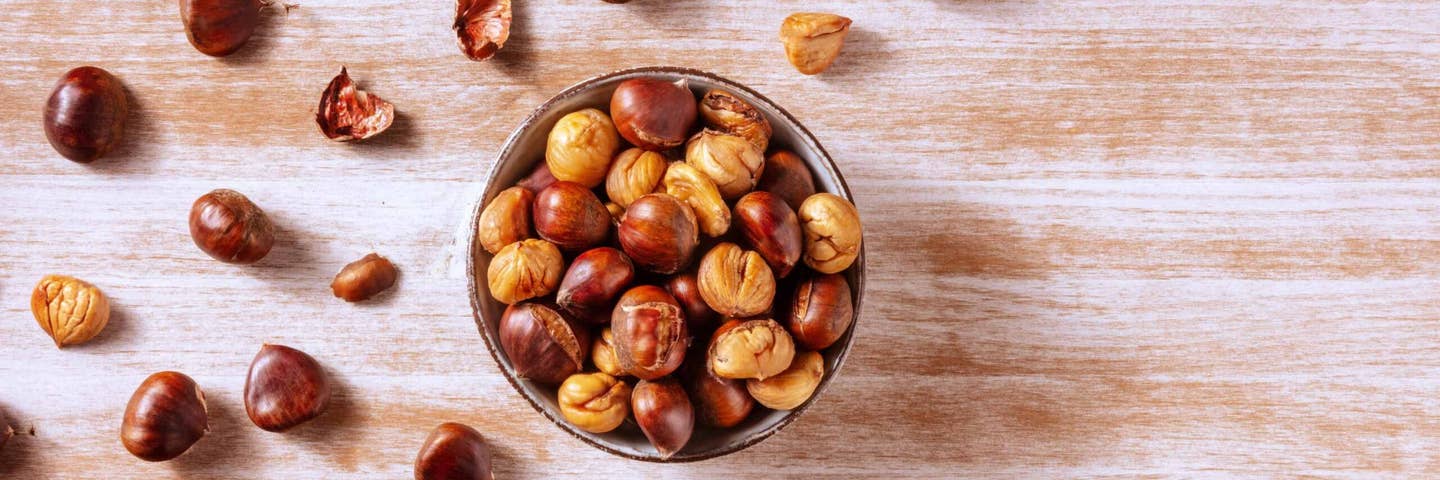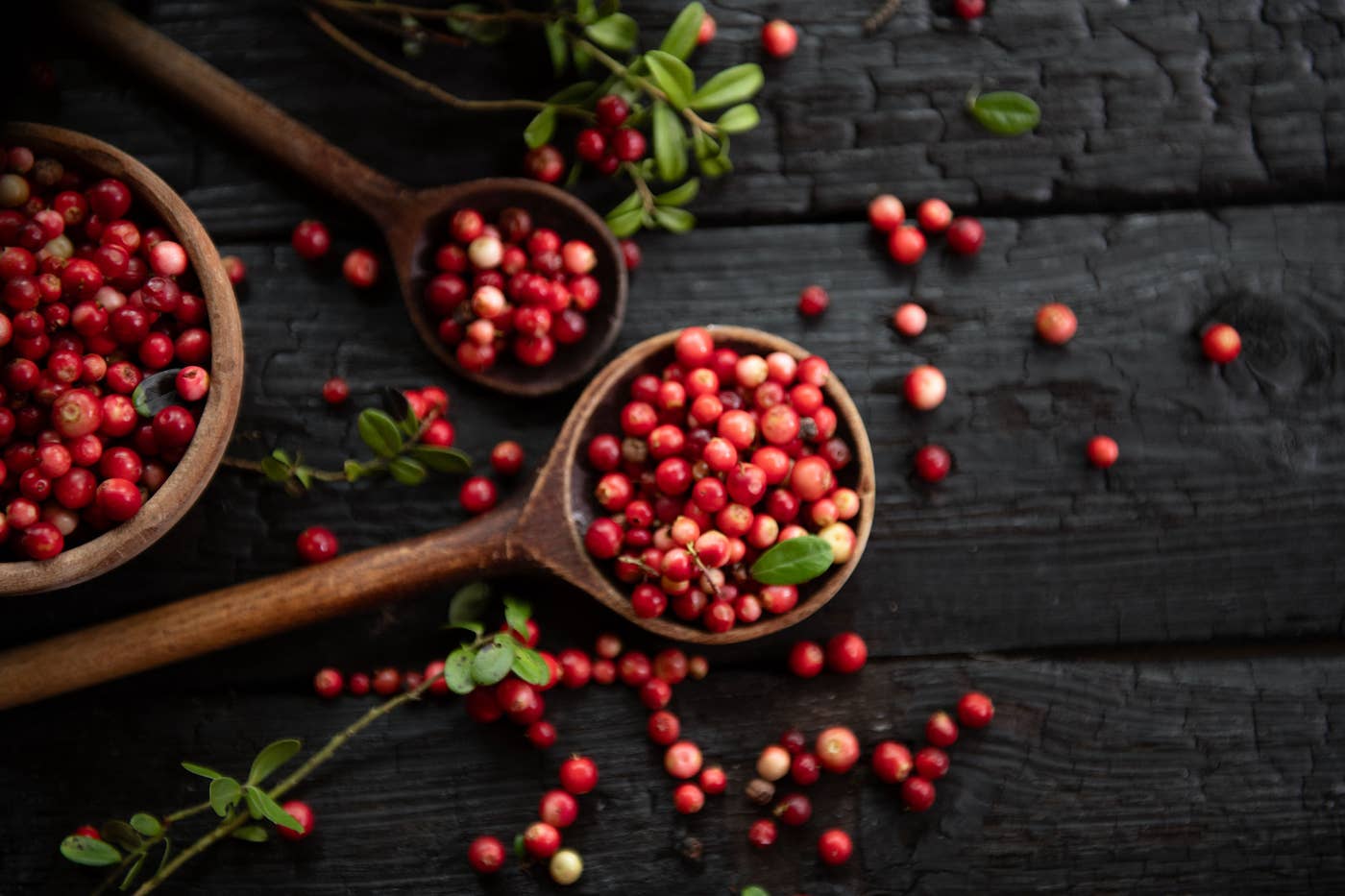By Forks Over Knives,
The belief that a high-fiber diet is inversely associated with some diseases has been around since the 1970s, and is supported by the most important scientific societies. In this NutritionFacts.org video, Dr. Michael Greger talks about how a diet high in dietary fiber may prevent strokes. We’ve also provided a summary of Dr. Greger’s main points below.
Today, it is generally believed that eating a lot of fiber helps prevent obesity, diabetes, and cardiovascular diseases like stroke. Strokes are the second most common cause of death worldwide and the leading cause of disability in many developed countries. So preventing strokes in the first place should be a key public health priority.
Studies found that increasing fiber by just seven grams a day was associated with a significant 7% reduction in stroke risk. And that's not hard: seven grams of fiber is equal to a small serving of whole grain pasta with tomato sauce or an apple.
How Does Fiber Prevent Stroke?
Fiber helps lower cholesterol and blood sugar levels. Or, a diet high in fiber could mean that we're eating more fruits and vegetables and less meat and fat, which improves digestion, slims us down, and lowers our blood pressure.
But even as we keep trying to figure out exactly how and why fiber is protective, let's keep increasing how much fiber we eat, which basically means whole plant foods.
Stroke Prevention Starts Early
Strokes are one of the complications of arterial stiffness. But it doesn't happen instantly. Someone might have a stroke in their 50s, but their arteries were stiffening for decades leading up to the stroke.
In one long study that tracked people for 24 years, starting at age 13 and ending at age 36, the findings showed that a lower intake of fiber during adolescence was associated with a stiffening of the arteries. Scientists even found diet-related differences in arterial stiffness in children as young as age 13.
This means that we need to promote fiber-rich foods for the young.
To Prevent a Stroke
If you are really focused on stroke prevention, try to get 25 grams a day of soluble fiber, which is found in beans, oats, nuts, and berries, and 47 grams a day of insoluble fiber, found primarily in whole grains.
Dr. Greger's Sources:
D Burkitt. Are our commonest diseases preventable? Pharos Alpha Omega Alpha Honor Med Soc. 1991 Winter; 54(1):19-21.
A Satija, F B Hu. Cardiovascular benefits of dietary fiber. Curr Atheroscler Rep. 2012 Dec;14(6):505-14.
E Casiglia, V Tikhonoff, S Caffi, G Boschetti, C Grasselli, M Saugo, N Giordano, V Rapisarda, P Spinella, P Palatini. High dietary fiber intake prevents stroke at a population level. Clin Nutr. 2013 Oct;32(5):811-8.
D E Threapleton, D C Greenwood, C E Evan, C L Cleghorn, C Nykjaer, C Woodhead, J E Cade, C P Gale, V J Burley. Dietary fiber intake and risk of first stroke: a systematic review and meta-analysis. Stroke. 2013 May;44(5):1360-8.
R J van de Laar, C D Stehouwer, B C van Bussel, S J te Velde, M H Prins, J W Twisk, I Ferreira. Lower lifetime dietary fiber intake is associated with carotid artery stiffness: the Amsterdam Growth and Health Longitudinal Study. Am J Clin Nutr. 2012 Jul;96(1):14-23.
D E threapleton, D C Greenwood, V J Burley. Response to letter regarding article, "dietary fiber intake and risk of first stroke: a systematic review and meta-analysis". Stroke. 2013 Sep;44(9):e110.
V Tikhonoff, P Palatini, E Casiglia. Letter by Tikhonoff et al regarding article, "dietary fiber intake and risk of first stroke: a systematic review and meta-analysis". Stroke. 2013 Sep;44(9):e109.
R Edwards. Graham-Kellogg, early American contributors to health education. J Sch Health. 1981 Nov;51(9):589-91.
H Markel. John Harvey Kellogg and the pursuit of wellness. JAMA. 2011 May 4;305(17):1814-5.
Related News
Try Our Top-RatedMeal Planner Free

Forks Meal Planner takes the hard work out of making nutritious meals the whole family will enjoy.
SAVE $200 ON OUR ULTIMATE COURSE

Join our best-selling course at a new lower price!




